Dear Parents,
The first weeks in the Primary Studio have been exciting and productive, and we are thrilled to observe how well our students have adjusted so far. We have a good number of returning Primary students along with many students who have moved up from the Pre-Primary Studio, and the combination has been pleasant and balanced. Children from the Pre-Primary studio came mentally prepared having already familiarized with the prerequisites, and anyone spending some time with Ms. Anisa this summer was able to practice some Montessori basics through circle time lessons and productive play. It has been a very easy transition for everyone, and our students seem so happy with all of the new opportunities. We are excited to fill you in on all of the activities and progress thus far.
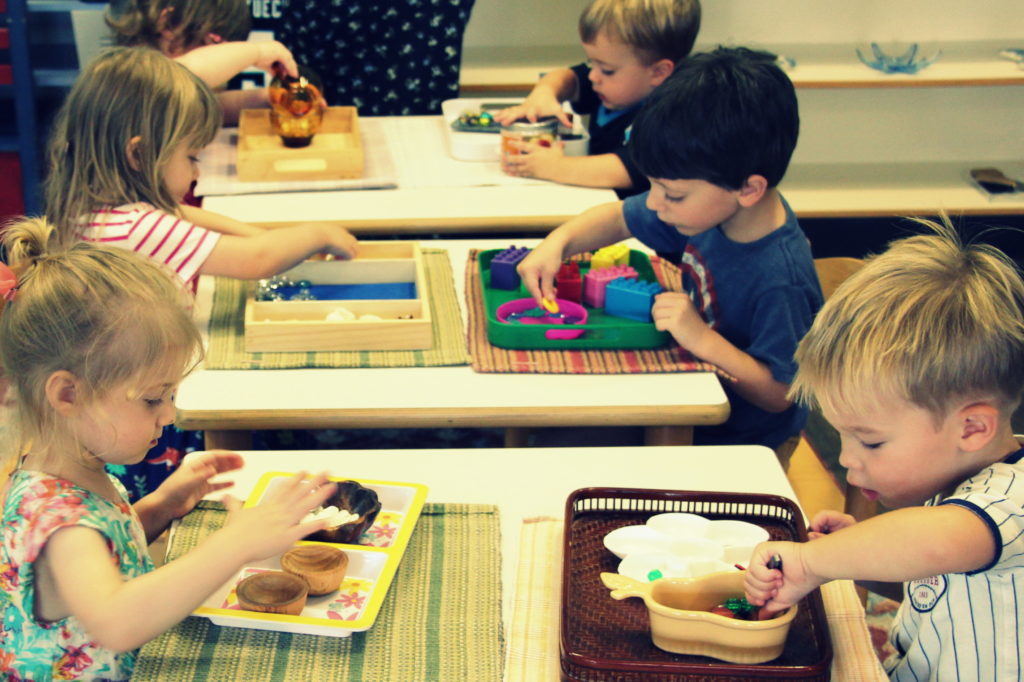
Setting the Tone for the Environment
During the first week of school, our students had many intensive lessons on a variety of Montessori materials to ensure that they would have plenty of opportunities to explore. By demonstrating constructive ways to utilize materials, we are setting the tone for our students to have a thoughtful and productive work cycle. We take these lessons very seriously as you know the materials are not considered toys – they are “works,” i.e., tools to build focus, hand-eye coordination, fine-motor skills, organizational skills, problem-solving skills, and so on. Our lessons also include discussions on the ground rules of the classroom to ensure that children are taking care of themselves, helping others, and caring for the environment to keep our classroom beautiful, inviting, and safe.
If you are new with us and want to learn more about how we teach children to show respect and how to stay safe in our studio, continue reading “Teaching Our Students Safety” located in the “Extra Extra” section. Also, during quality time with your child, you could go over our Ground Rules list to get them talking about their new environment.
Presentation is Everything

Teaching a Montessori lesson means having a strong understanding of the purpose and goal of the material, and it takes a special mindset and presentation to ensure that all children are engaged and learning. Between Anisa and myself, we have given at least 40 lessons on materials to your children so far since the beginning of the school year. Anisa and I have a method that we have been practicing for years where we divide the class up into two smaller groups that allow for better focus and more opportunity for discussions. As each teacher meets with one group at different areas in the classroom, we give at least 3 lessons to that group before switching groups and giving the lessons again to the next group. Once we have met with both groups, we send our students off to a work cycle.
While some traditional school settings typically don’t agree that such young children are fit to listen for any long periods of time, we have much higher expectations of our students as we have seen very positive results in the classroom. Our teachers are trained in the Montessori Method to present material in a way that draws interest and builds focus for all children. Our students are engaged and interested in the presentations to learn about the potential of the material.

Montessori material is meant to be attractive, unique, and sensorial – drawing the child in by its presence. As Montessori teachers, we find joy in putting together our own Montessori works as there is room for creativity and opportunity. You should see our collection of interesting trinkets, containers, small dishes, and tiny objects that we have been gathering for years! Yes, it’s true, our cabinets look like the teachers have some weird hoarding issues, but we find a use for everything! Needless to say, our students are typically excited to learn about the works, because they know that once they have had a lesson, they may try it for themselves during the work cycle. We are very proud teachers when we see such focused students during our lessons and work cycles.

To have a better understanding of what our lessons look like, we asked Ms. Cristina to take some photos of us teaching some lessons yesterday. Take note of the focus of the children, along with some of the details, order, and presentation of the lessons.
Geography Area: Lesson on water and land forms. Key words – land, water, island, lake, freshwater, saltwater.
Math Lesson on counting quantities and matching quantities to the digits.


Practical Life Area: Lessons on pouring and sorting objects.

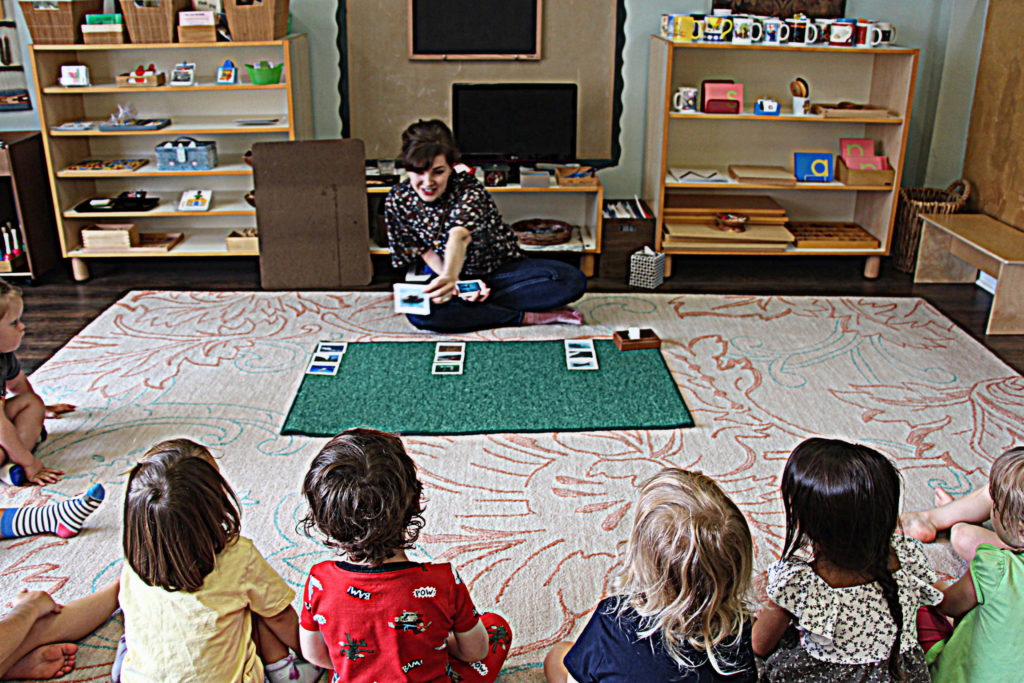
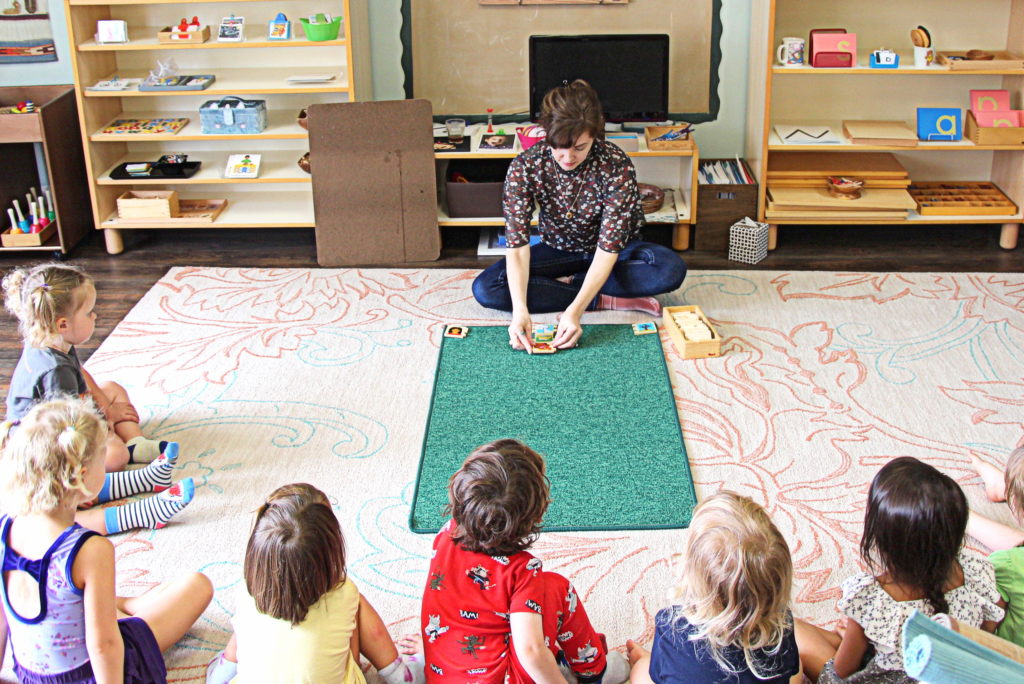
There is a lesson in everything!

Lessons on Personal Growth

It is very important for us to put our focus on each child’s personal growth by offering them the tools to build a strong foundation from within. Maria Montessori and the doctors that studied with her determined the years up to age 6 are crucial years to focus on grace and courtesy, education, exploration, independence, and self-worth. Studies show that these are the years when people especially consume information like a sponge. While we may not remember specific experiences from our own childhood, our character and way of processing information has been strongly influenced by these primary years. As Montessori teachers, we offer our students the tools to be confident, independent, focused, creative, and thoughtful. We teach compassion and empathy to help each child to start thinking about their role in the universe. By focusing on the human spirit and the development of the whole child, we are reaching our students on a physical, social, emotional, and cognitive level. Within every lesson and action that Montessori teachers have been trained on, we are considering the heart of your child as they learn how to work through emotions and communicate with one another. We pack in the lessons and set countless examples for our students to ensure that they have the tools to be independent thinkers and mindful individuals. We do not underestimate our children’s gifts, capabilities, and potential. We teachers at Indigo take pride in knowing that our students are not average kids. When our students are old enough to move on to the next school, they are advanced, thoughtful, creative, constructive, and respectful children that we believe will continue to thrive in their education and personal growth.

Powerpoint Lessons
Below is a sample slide from one of our many Powerpoint lessons on how to use our words in a gentle way. While we realize Maria Montessori was not using technology like this the classroom back in her day, we feel that she would have been a master at Powerpoint lessons if she had such access. She was a firm believer in teaching children with real-life imagery found in books, and we find that stock photography is a great extension to giving children a visual into the real world. So far, we have already had many group time discussions on feelings, emotions, and actions over the past few weeks. By imagery, group discussions, and role play, we offer suggestions on how to kindly use our words to work through tough situations. We talk about patience, helping others, how we can find peace within ourselves, and the list goes on. We will share on more specific topics as to how we create a peaceful environment in upcoming blogs.
Language Lessons: Beginning Sounds
As many of you know, we teach language in a unique way compared to traditional schools, creating a very visual and hands-on experience for the child as they learn letter sounds. For those of you teaching letters at home as well, our first grouping of beginning letter sounds that we just introduced are: (lowercase) a, s, m, and t. We choose letter groupings that look and sound very different from one another. So far, each child is enjoying the process of tracing with their fingers while using the sandpaper letters, along with “beginning sounds objects” in our “beginning sounds mugs.” To learn more about our approach, please check out my post about the Montessori Way of Teaching the Alphabet. Below are some images capturing some of our students during a work cycle as they explore the objects and beginning letter sounds.
Tracing and Writing Activity Sheets
As many of you know me, over the years I have been drawing up my own activity sheets complementary to the Montessori Method for our students. While the imagery is simple and to-the-point, the older students love to practice tracing, writing, coloring, and drawing. I encourage children who are able to draw to “add to the story” on the imagery and blank pages of the story booklets and activity sheets. Younger students are also welcome to color and get creative in their own way as they build fine motor skills to eventually hold their pencils in a pincer grip.
Group Activity – Add to the Imagery
On occasion, we offer large group activities during transitional periods. While our students were still learning or reviewing the “ground rules” of our classroom, we had a couple of art days with group activities before offering a work cycle. Each student had fun adding their personal touch to the activity sheets that I prepared for them.
Work Cycles
As you have caught on by now, each material that is prepared on the shelves for our students is called a “work.” During our work cycles, we are encouraging independence as each child chooses their work, carefully transferring it from a shelf to their rug or table mat (which represent a child’s personal space). Work cycles continue to happen on a daily basis, a timeframe when our students can explore and work on material that they have had lessons on. This is a peaceful and productive period where children work independently or in small groups, practicing the materials in a safe and productive way. While the act of working independently helps children to focus and refine their motor skills, working with others requires patience as children practice their social skills to take turns and problem solve with one another. The images below are recent photos from some of our recent work cycles. You can see various students working at their own pace with no interruptions. They take their time and thoughtfully work on material, and when they are finished and satisfied, they clean up after themselves and put the material away in its special place.
What to Look for: Take note of the children’s activity, engagement, and order of each work. If you recall, back in the Pre-Primary Studio, teachers were simply happy to see some very basic milestones such as a child managing to keep all of the material on their rug or table mat. As your child gets older and consumes more information in the Primary Studio, we offer more steps, tools, extensions, and vocabulary words to the materials. We can see their gears turning as they practice their new understanding of order. Notice each child’s focus and attention to detail – we are so proud of all of them as they are off to a great start!
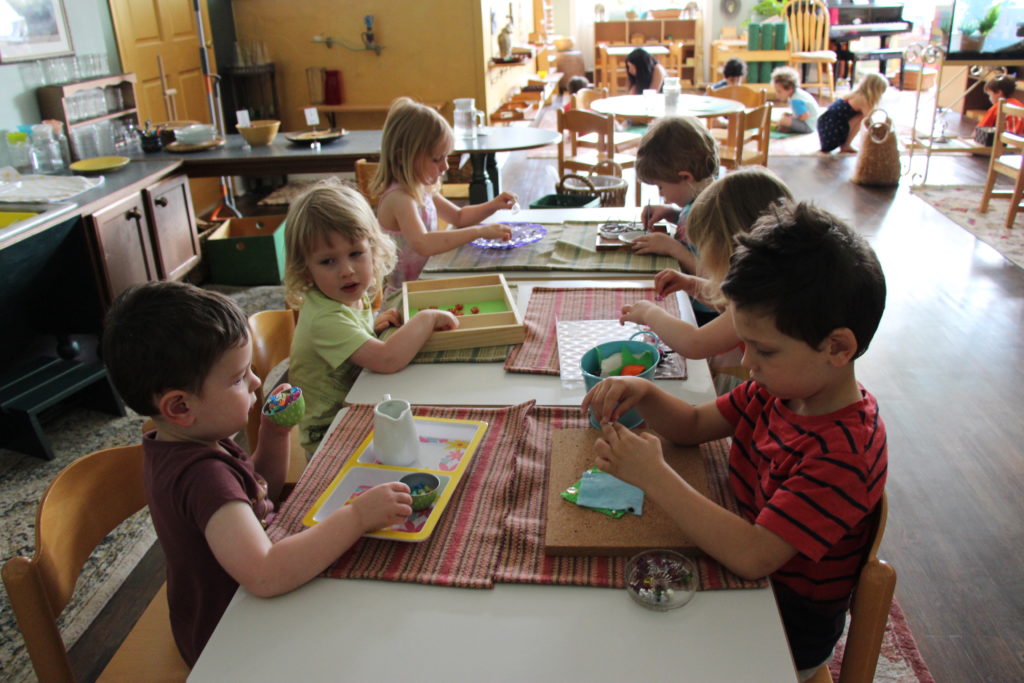
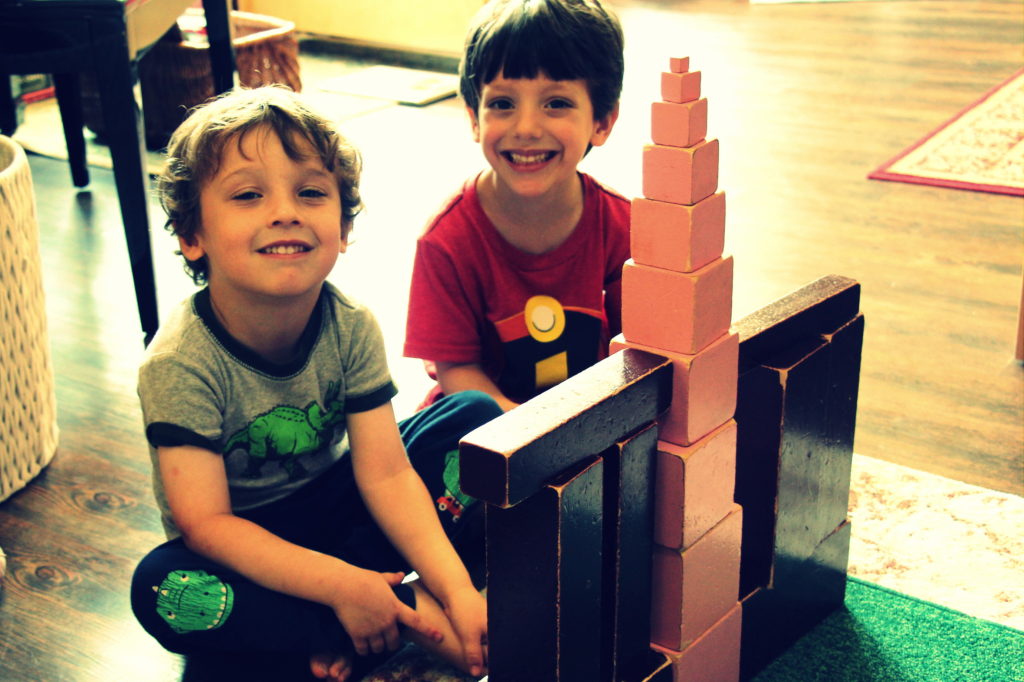
Oh, and just an extra note that one of our longterm students, Cyrus did not make it in these photos, because he has been visiting Marrakesh, a major city in Morocco. He did however start the school year with us, and his friends are asking about him, so I thought I would share these updated photos of Cyrus sent from his parents in Morocco. So cute!
Thank you so much for reading along!
We would love to hear from you, so please feel free to comment below – even if you’re just letting us know you stopped in as it helps us to know if the blog is staying active. Please share these photos during quality time with your child so that they can tell you more about the material, their classmates, and so on.
Looking forward to sharing more,
Angelique


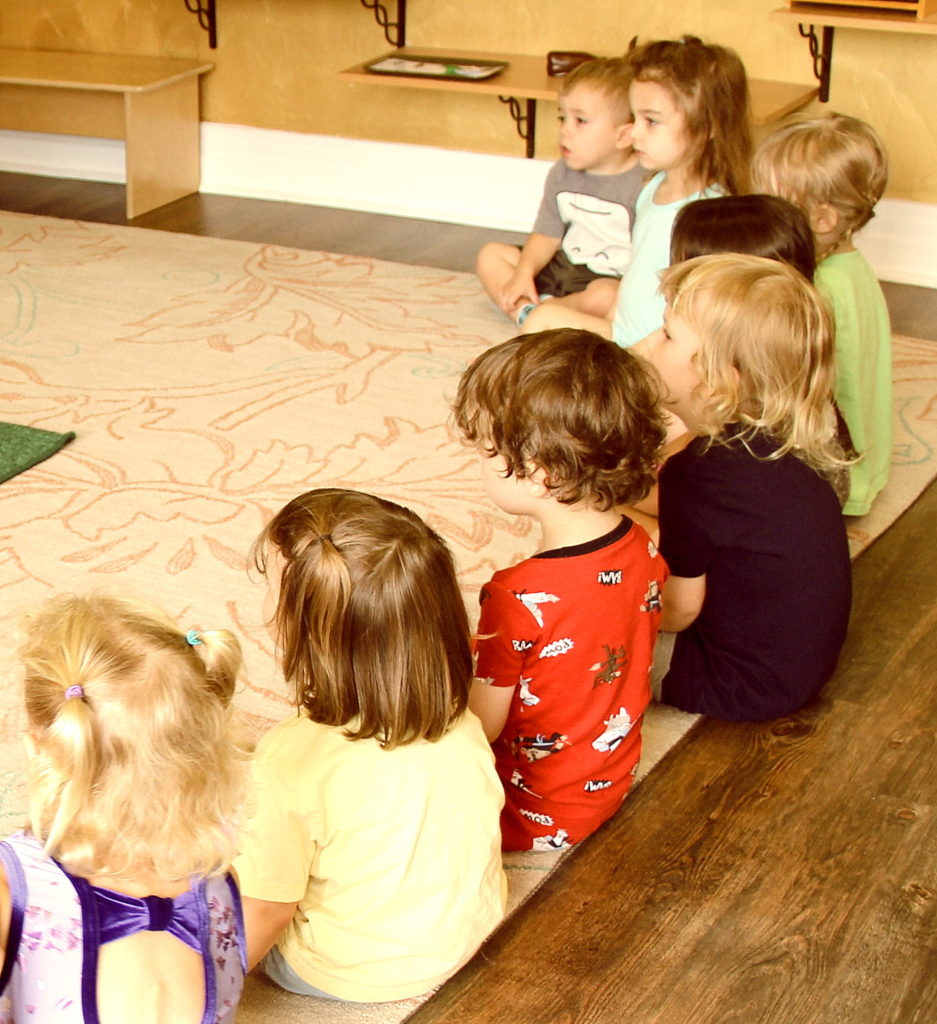

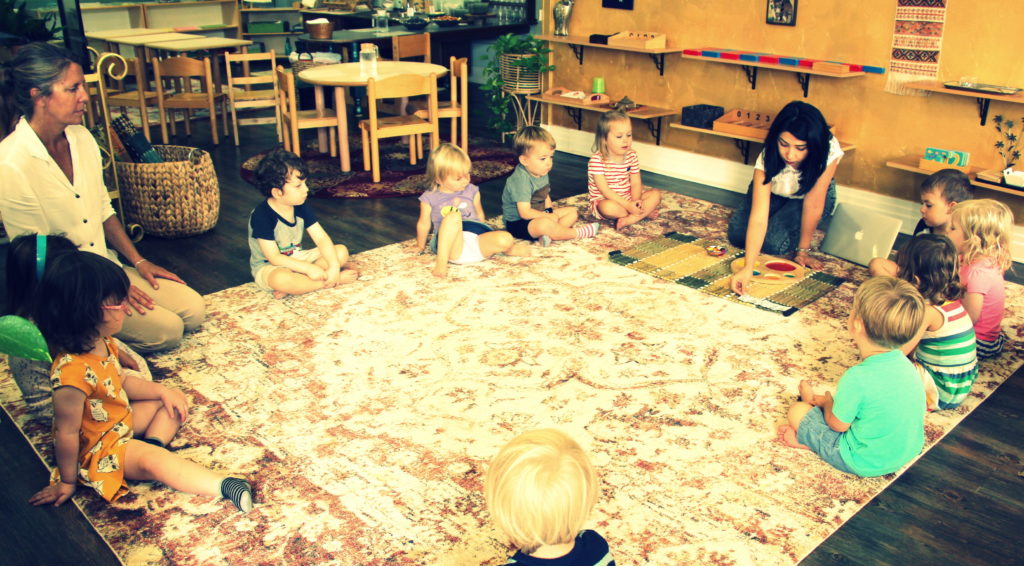














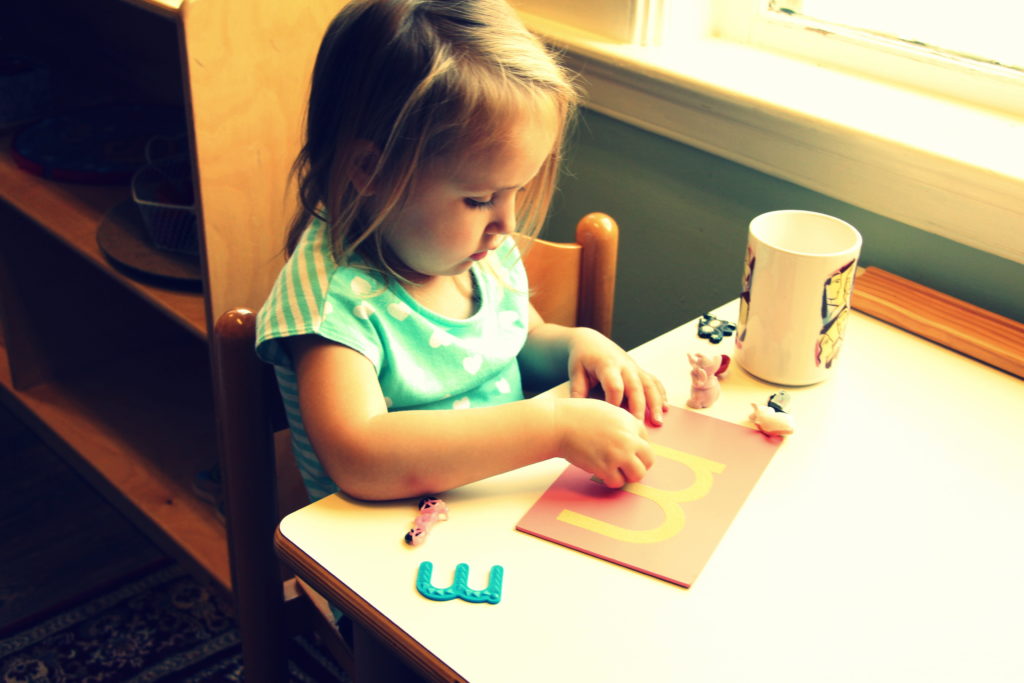
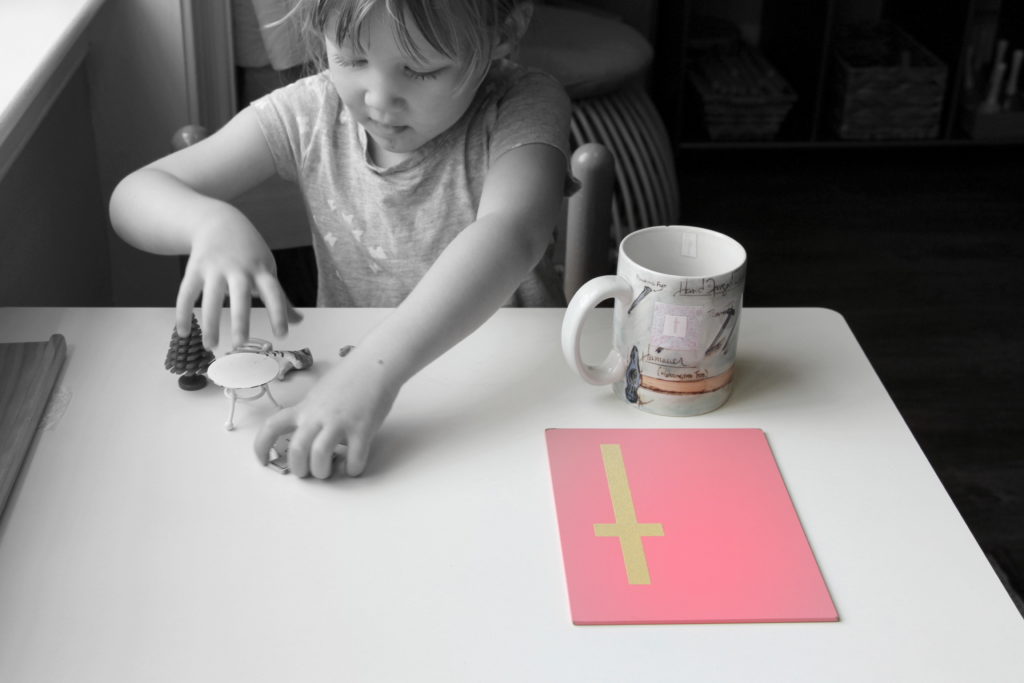

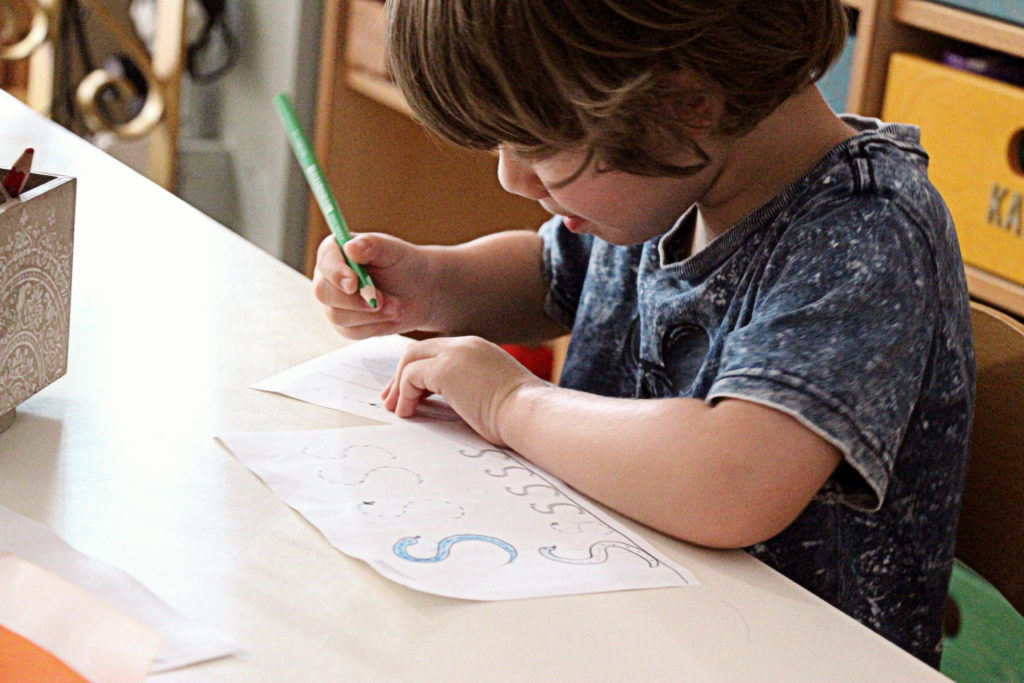


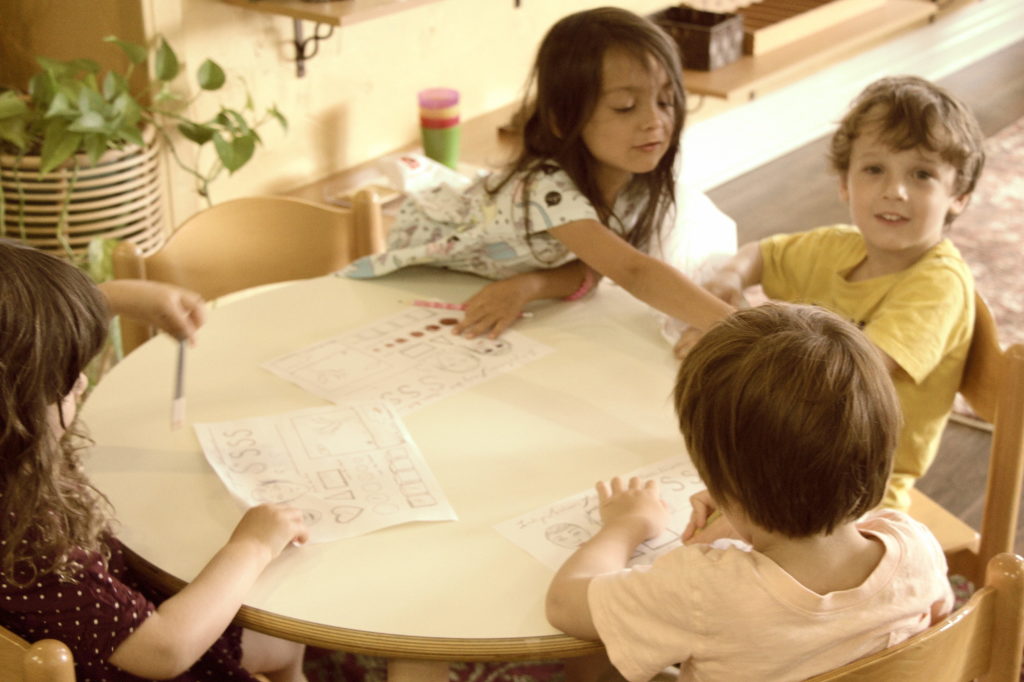

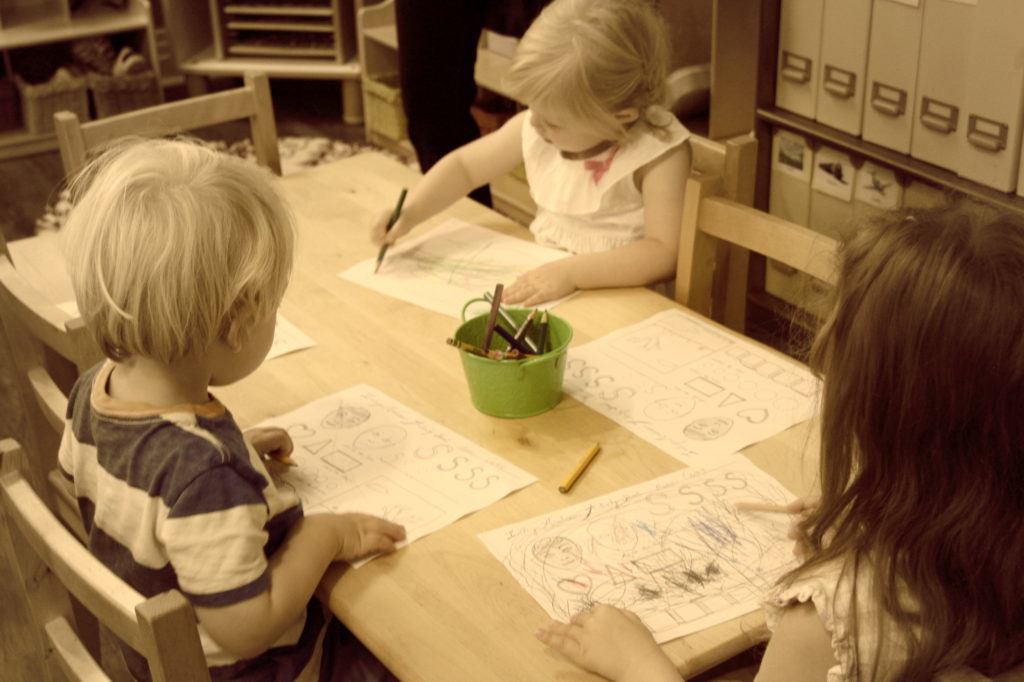
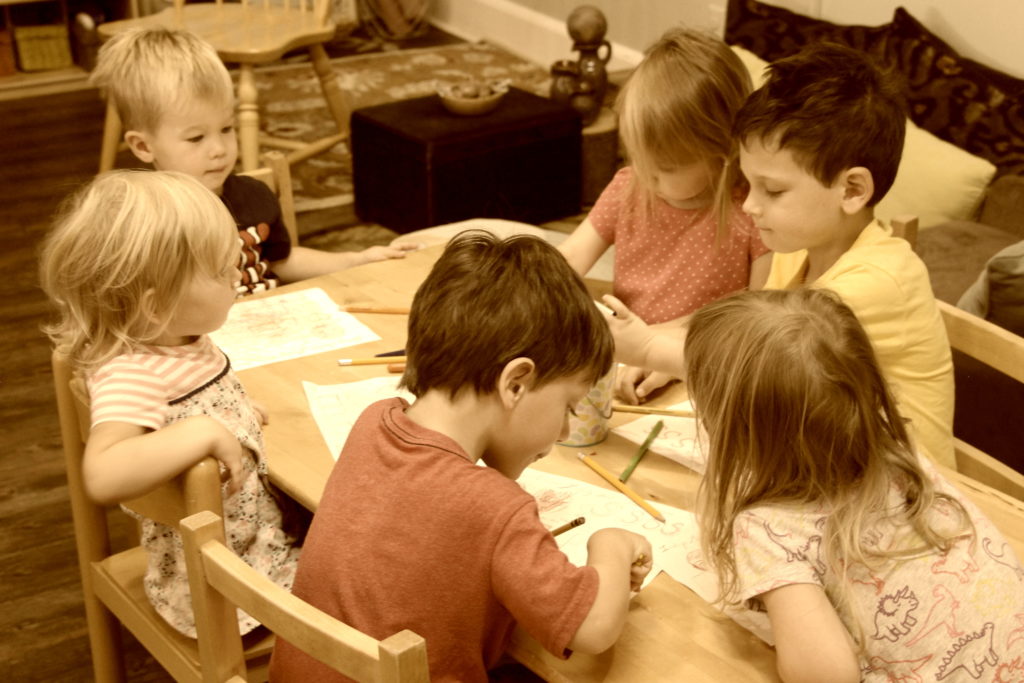













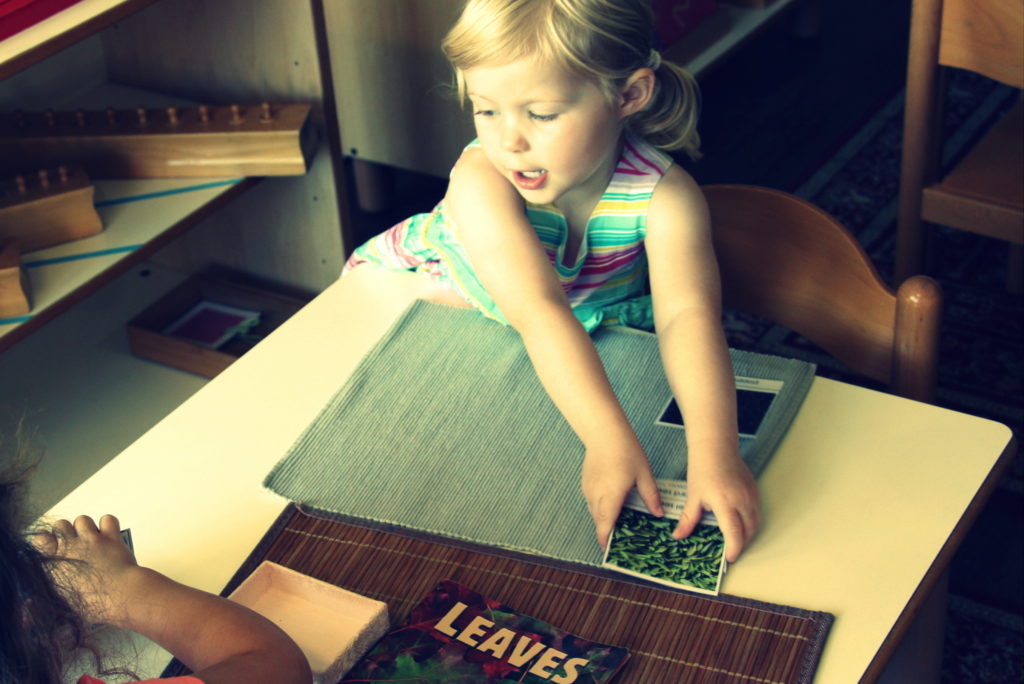
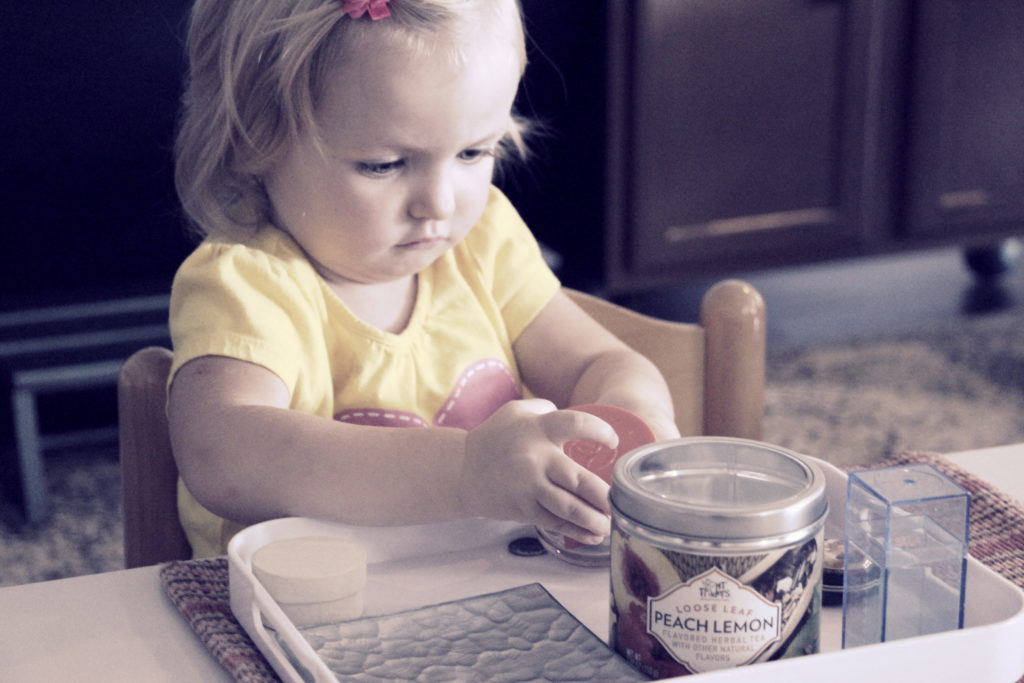


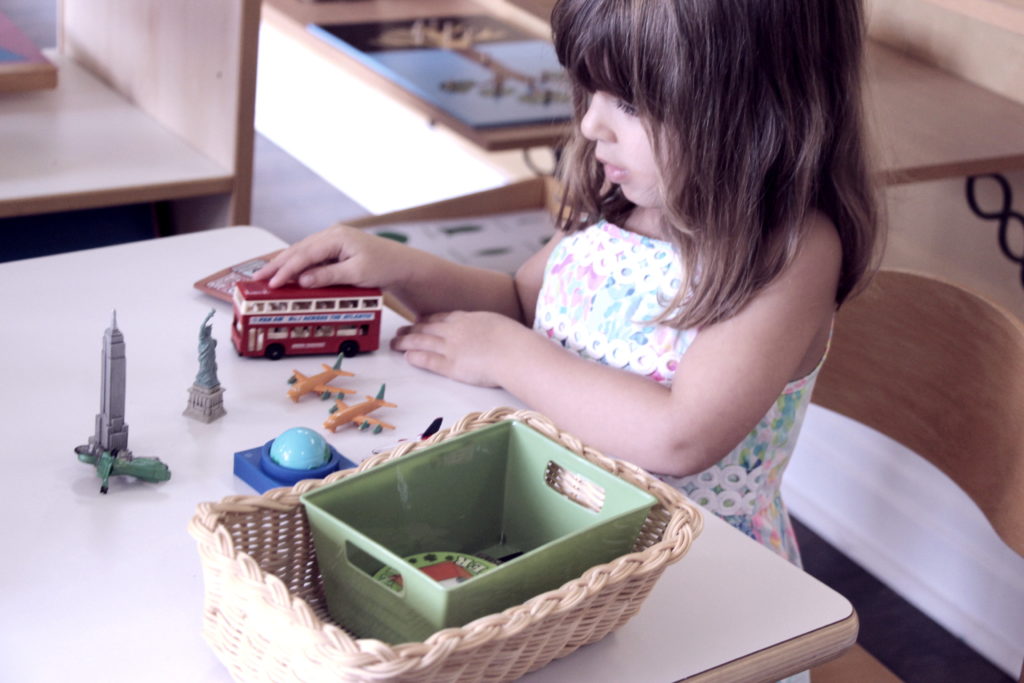









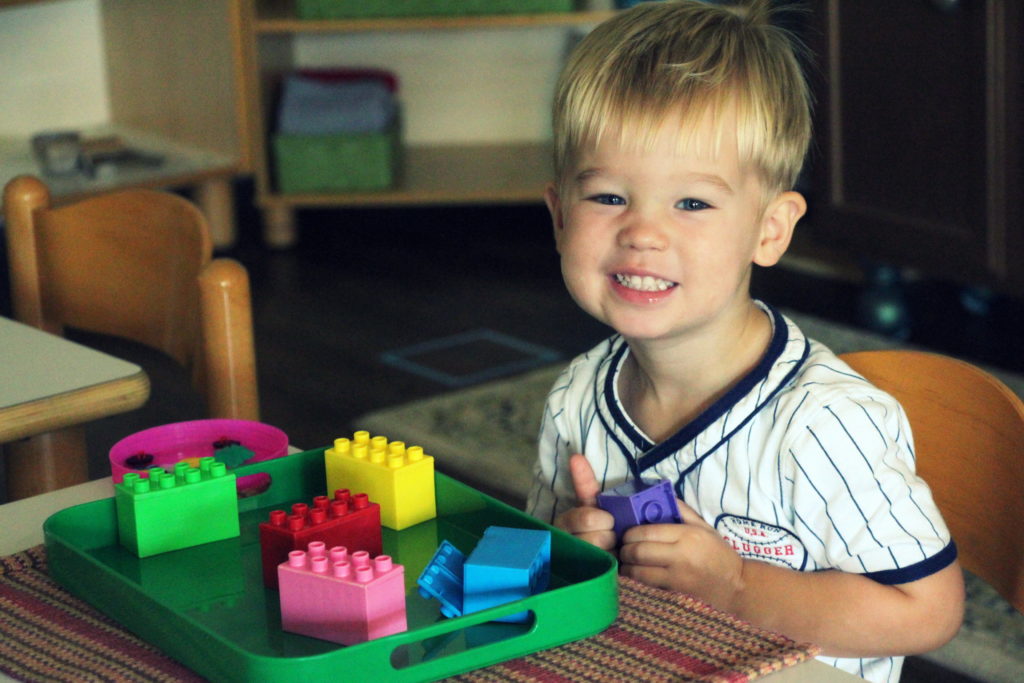
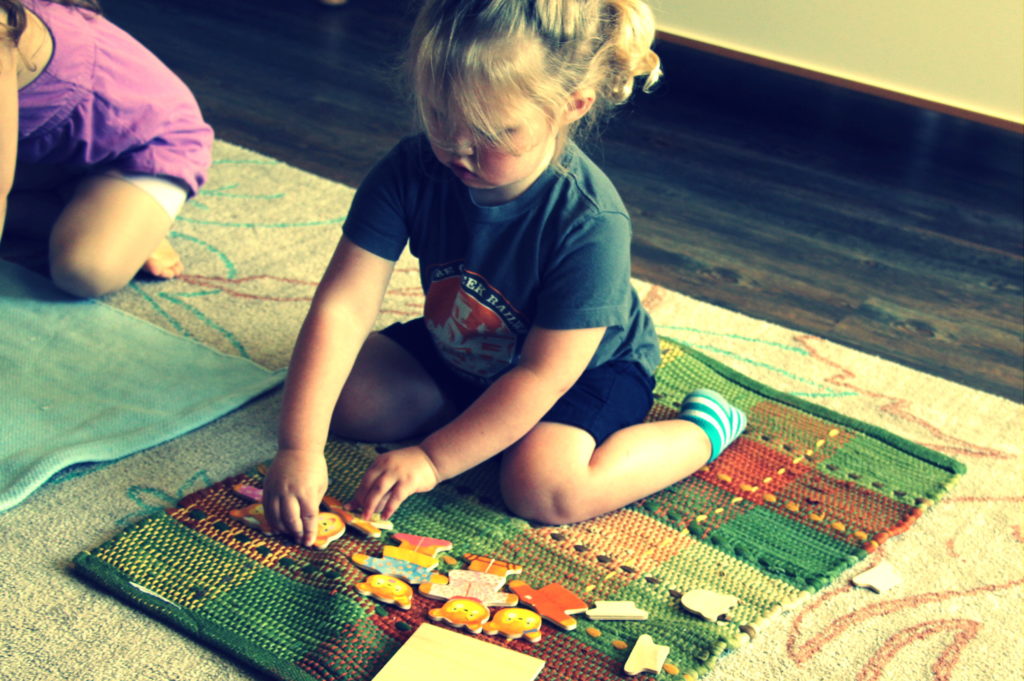
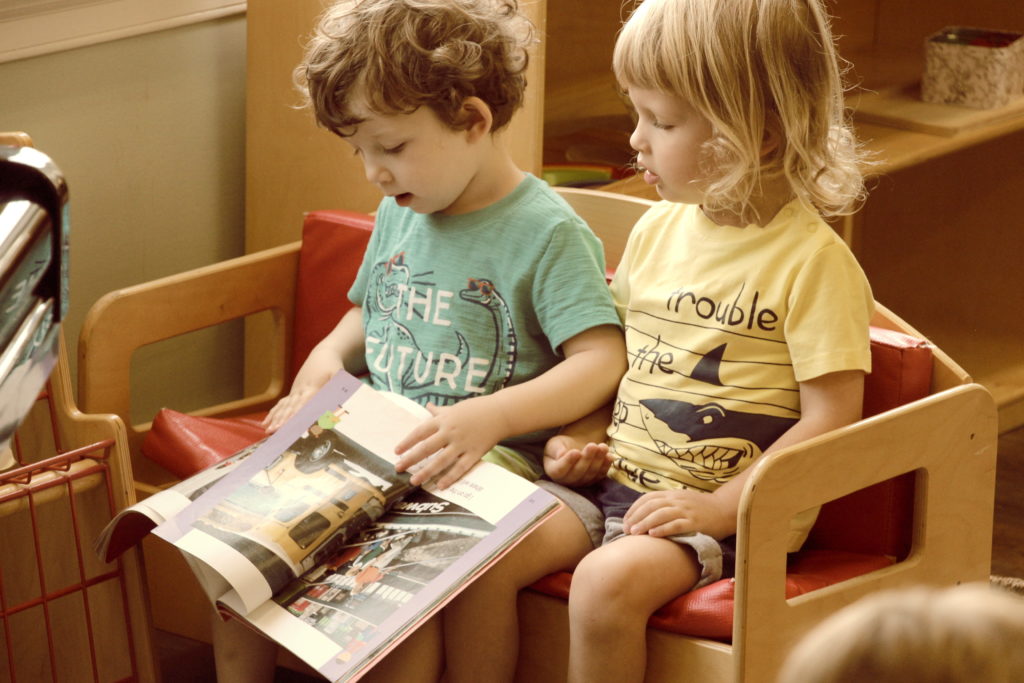

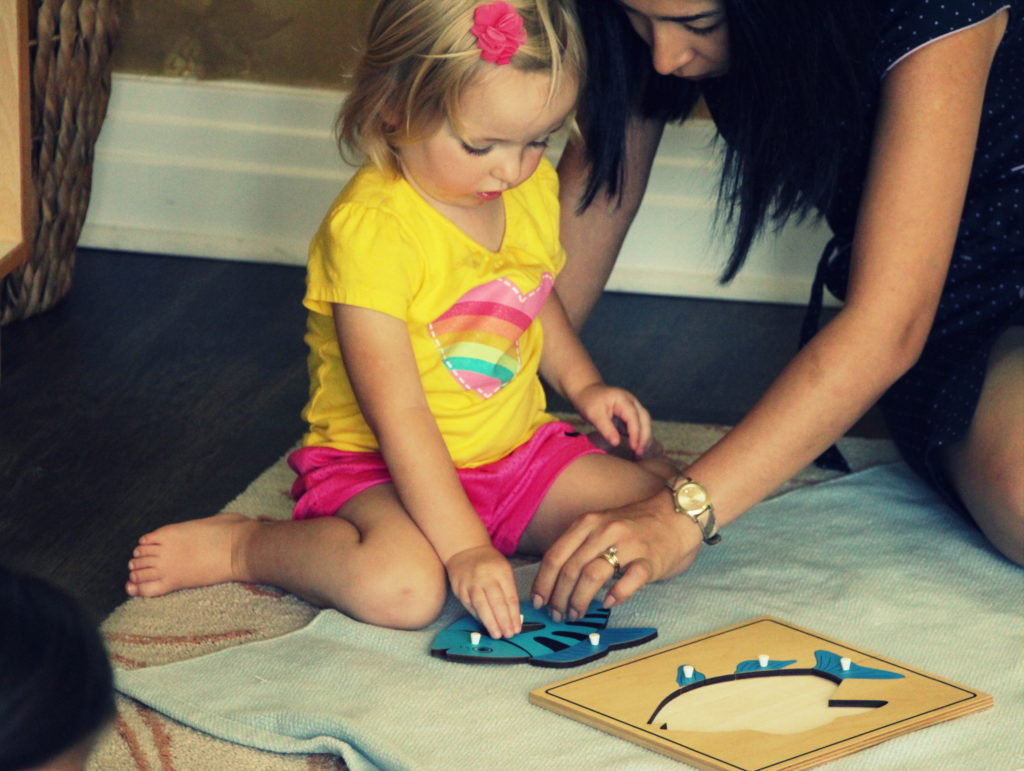
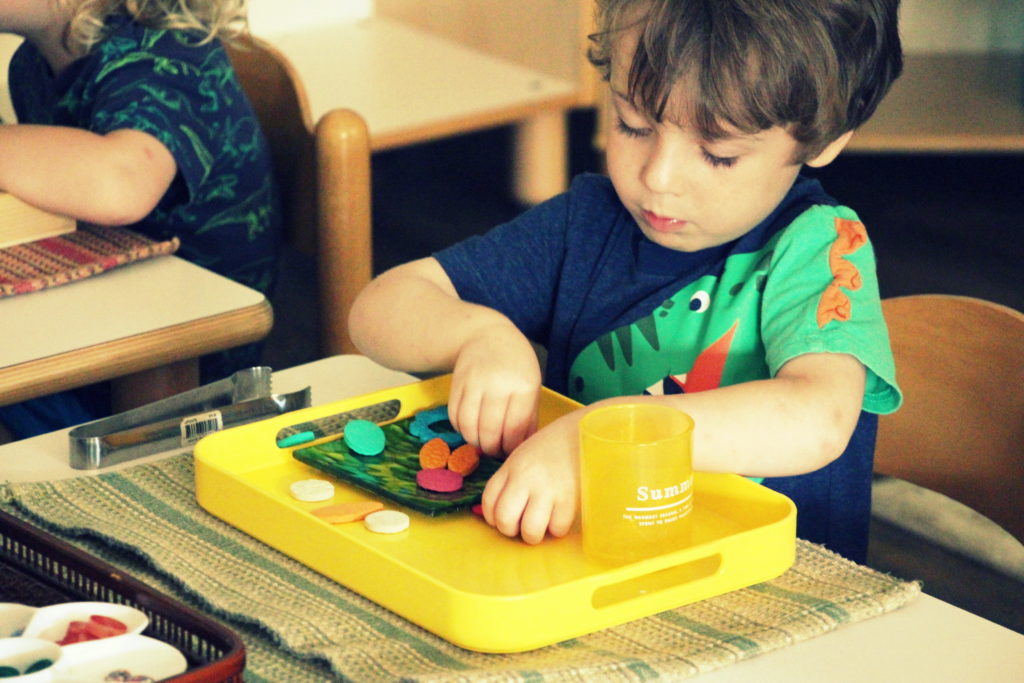

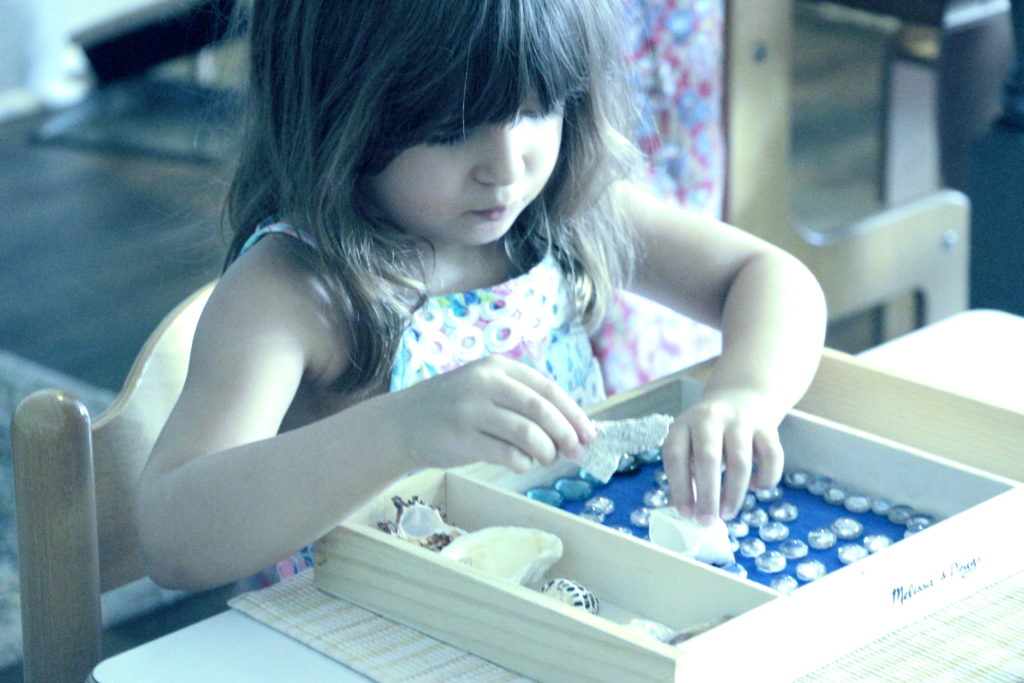

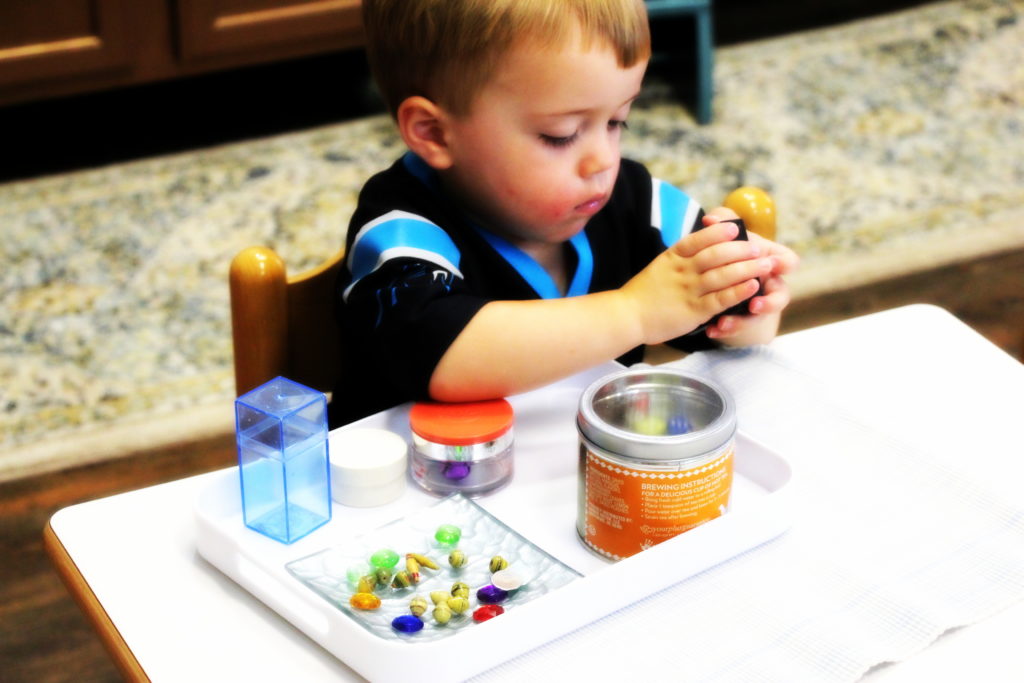









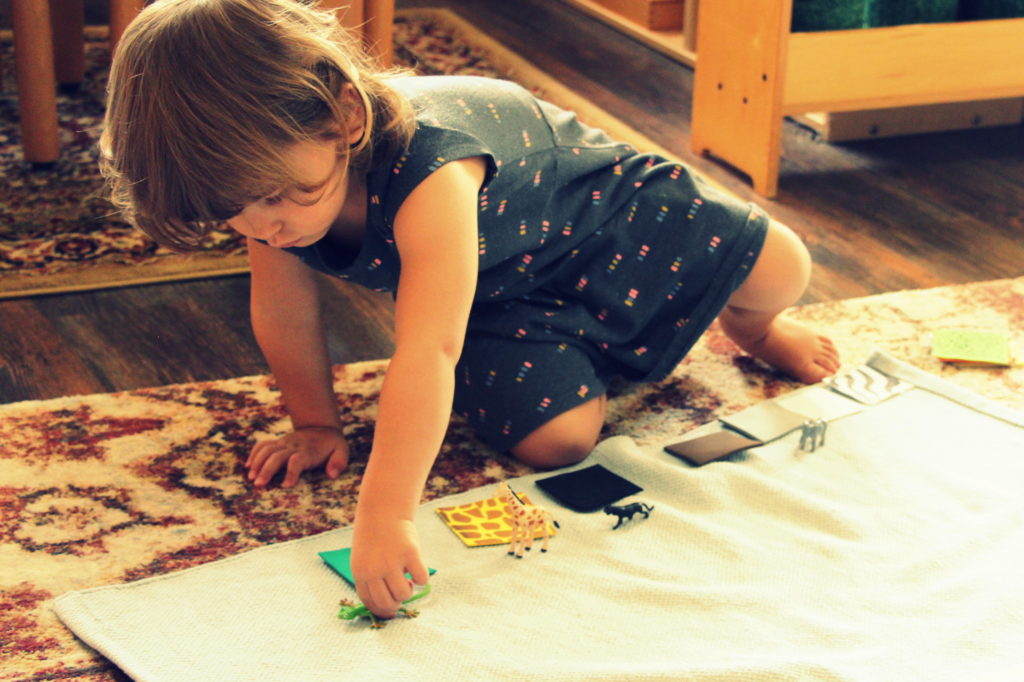



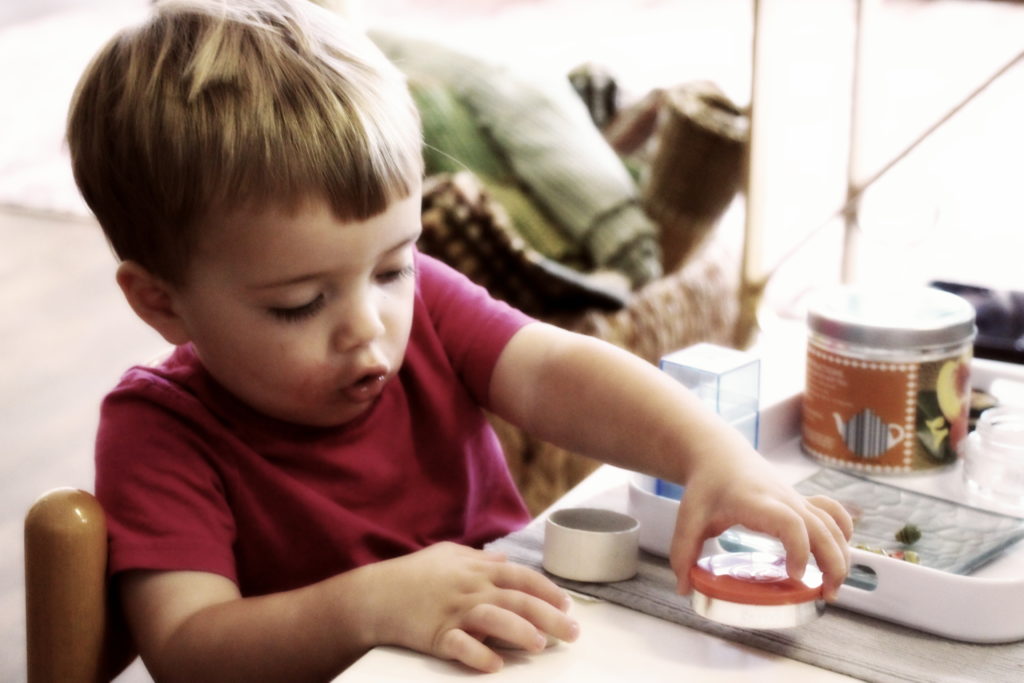









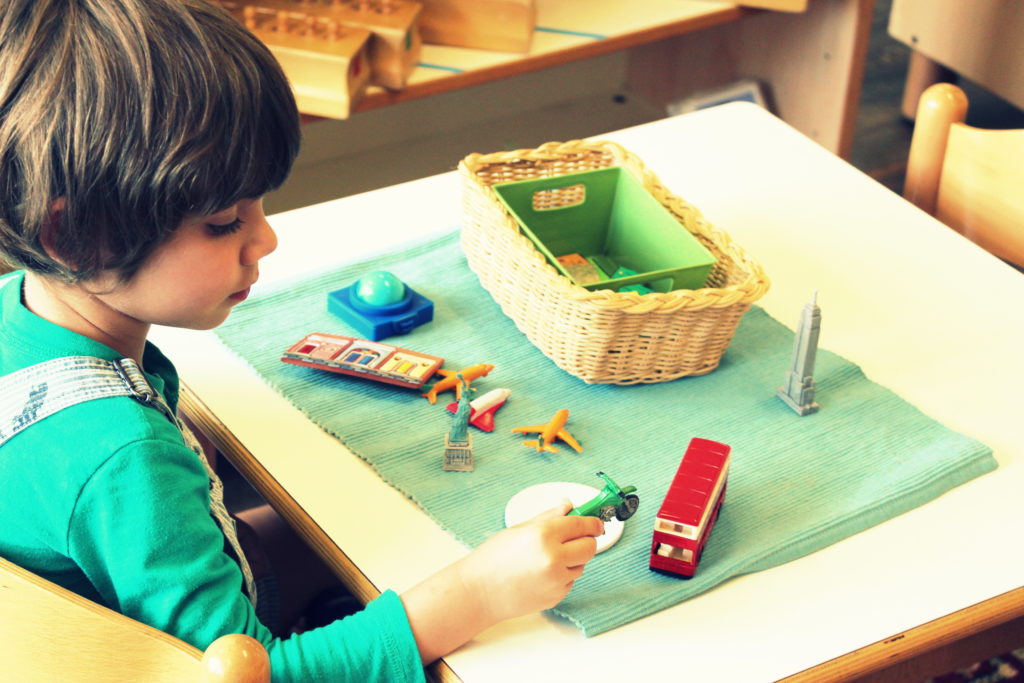
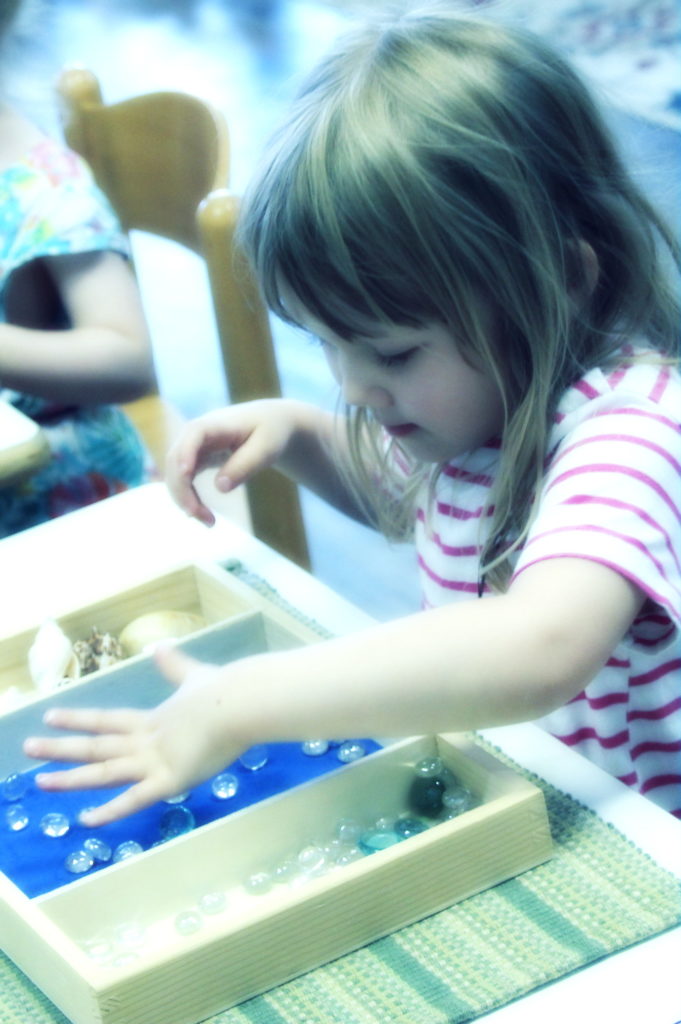

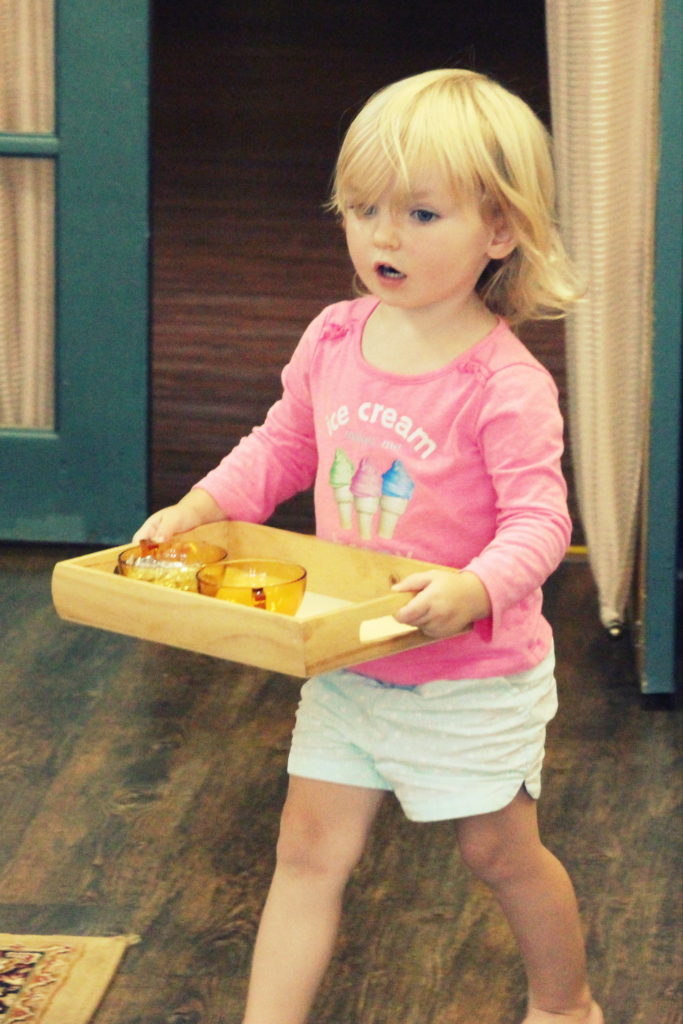
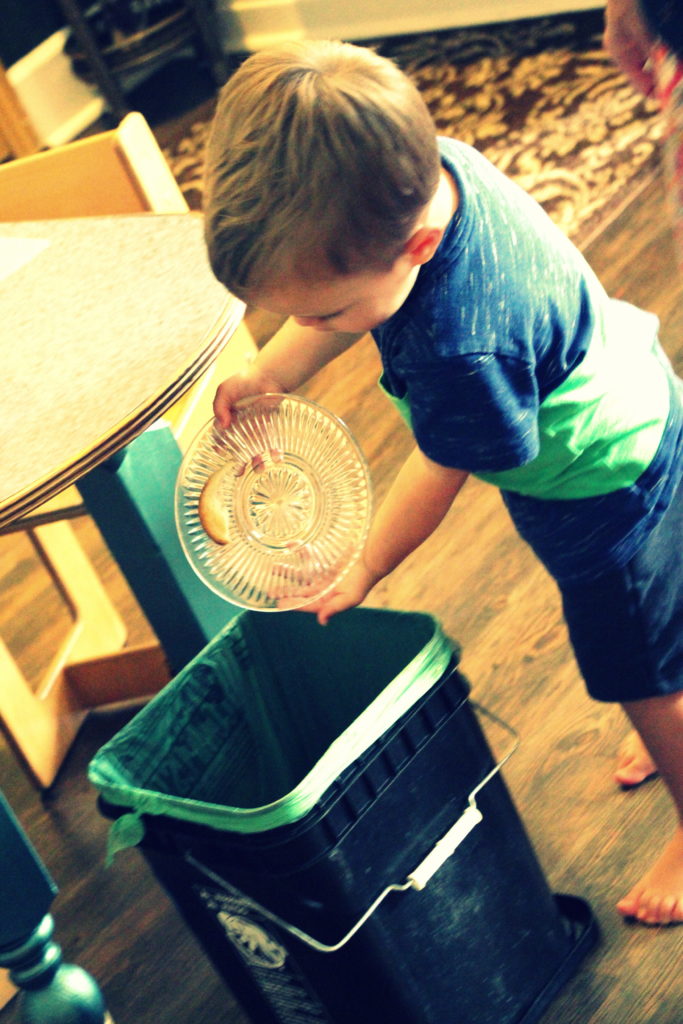


Thank you for sharing these, Angelique! I really appreciate getting a sense of what Caleb’s day and week involves. Hope you are well.
Thanks for checking in, Suzanne! Glad this was helpful! Yes, doing well – we’re off to a good start this year, thanks!
Thank you for the post! Your work is really inspiring!
Thank you kindly!
I appreciate this so much. I really enjoying seeing and reading about the works in rotation. Now I understand why Daniel was talking about volcanoes on land.
Hahaha! That’s cute. SO glad this was helpful!